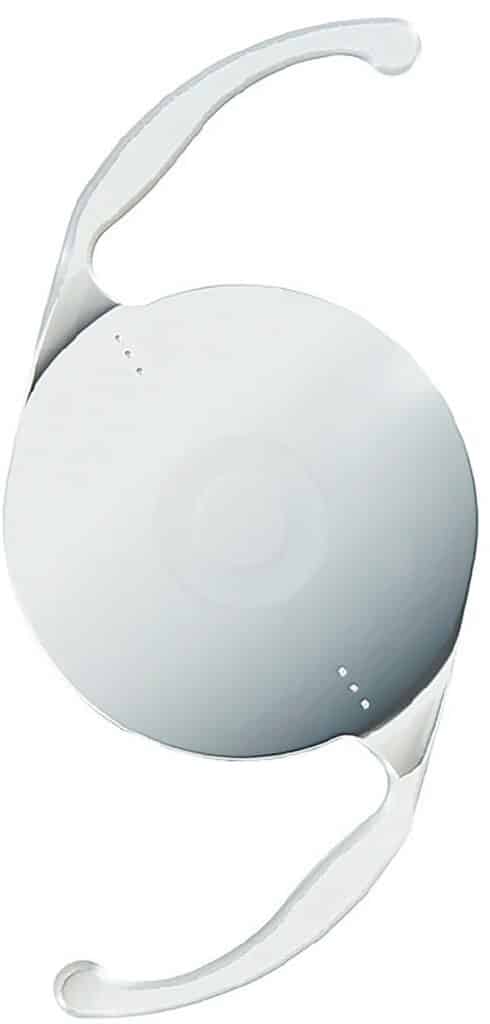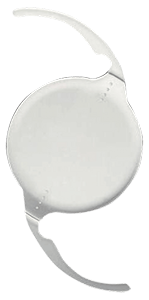Our doctors are leaders in the field of cataract surgery, and the latest innovations in intraocular lenses are available at the Colvard-Kandavel Eye Center. These “premium” intraocular lenses are designed to minimize astigmatism and provide a more youthful range of vision without glasses.
Dr. Colvard, Dr. Kandavel, and Dr. Dredge are experts in the newest technology in intraocular lenses. This gives our patients the best chance of minimizing or even eliminating their need for glasses after cataract surgery.
We are proud participants in ongoing lens research and development. In fact, many of the clinical trials that led to the design and approval of these vision restoring lenses were completed at the Colvard-Kandavel Eye Center.
During cataract surgery the cloudy human lens is replaced with a new clear, artificial lens. These lenses are place in the same location in the eye as the human lens and are supported by the same structures that support the human lens. Intraocular lenses are designed to be permanent and do not get cloudy with time. The intraocular lenses are available in a full range of focusing powers, just like glasses. During the preoperative visit with our surgeons, sophisticated measurements of the eyes are taken. At the time of your consultation, guided by these data, you and your doctor will select the type of intraocular lens best suited for the unique characteristics of your eye and your life-style needs.






Colvard-Kandavel Eye Center offers personalized eye care services for patients with routine and complex eye conditions.
Our team is here to help you make an appointment with the specialists that you need.